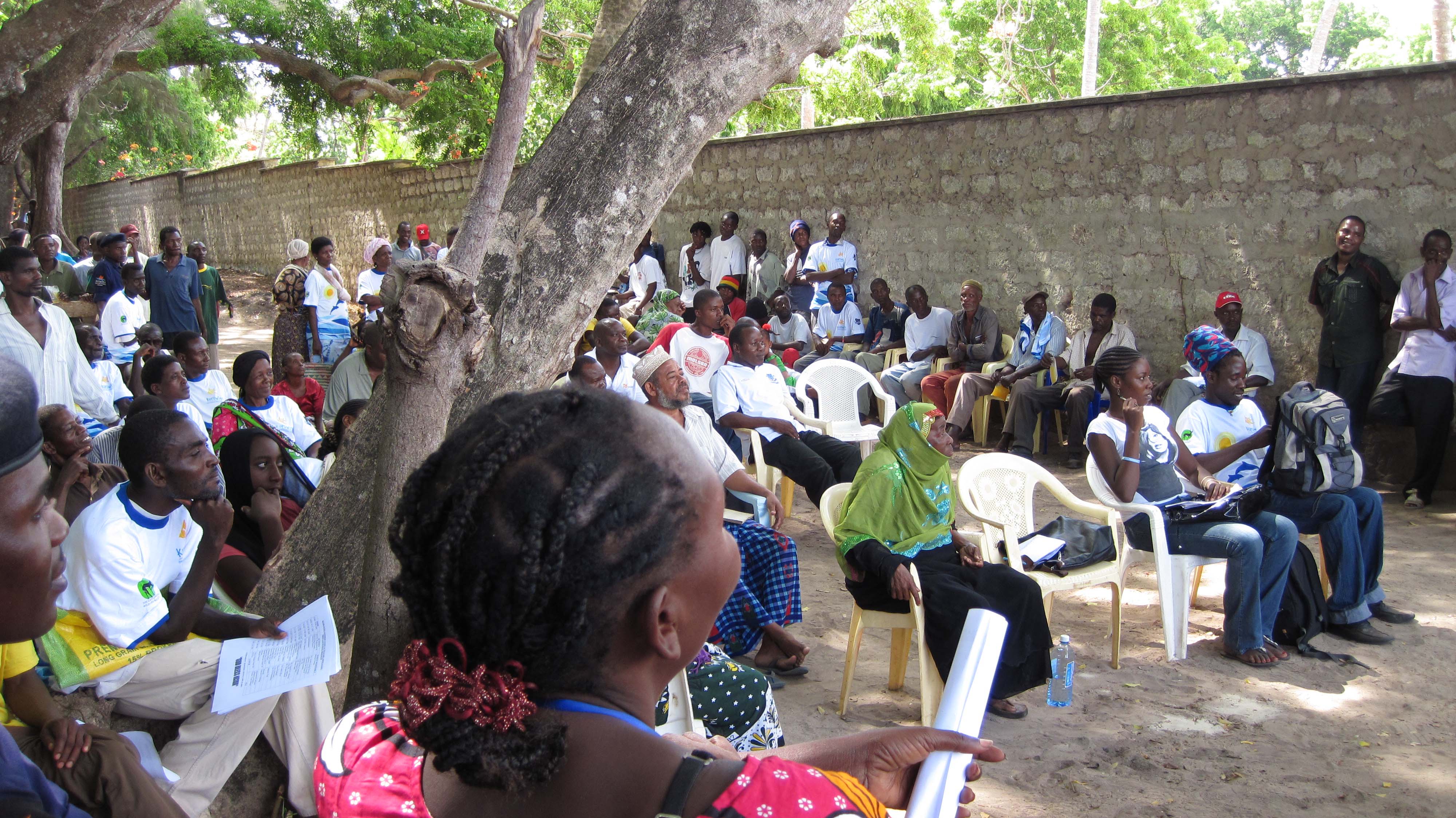

Since KCWA initiated the first MPA in Kenya, the policy that regulates the recognition of a Locally Managed Marine Area was not clear. KCWA engaged other stakeholders like the East African Wildlife Society who helped with legal frameworks and policy advocacy. The recognition of this area under the National Environmental Management Authority (NEMA) secured fishers rights to manage their area and paved the way for the 20 other community projects that have sprung up following the KCWA movement.
This new legislation recognised the fisher’s effort for a collaborative governance model for the management of the marine territory. A 5-year adaptive management plan was drawn up drawing from local knowledge of the area with the help of other strategic partners. Rules and governance of the project were set out in a constitution document.
Original strategic partnerships, both legal and technical in this pilot project required a clear concept of what we wanted to achieve and was vital to get past the implementation stage. Recognition by the relevant Government bodies that the concept of communities managing their resources was the next step in marine conservation created an open, collaborative way forward.
When starting a pilot project choosing the right partners is essential. This provided a challenge in some cases. The agendas of the partners sometimes differed from our vision and often needed to be reviewed and changed. Legalising and managing a new concept often through unchartered territory was time-consuming and required patience. Creating a robust legal foundation along the way was essential to successes in the future.